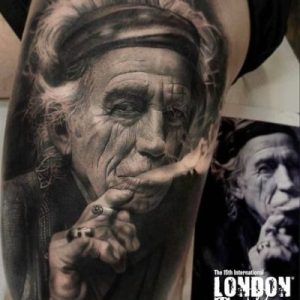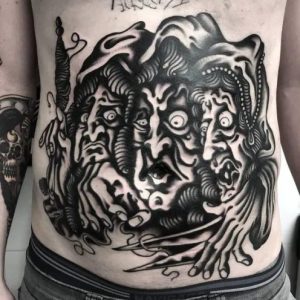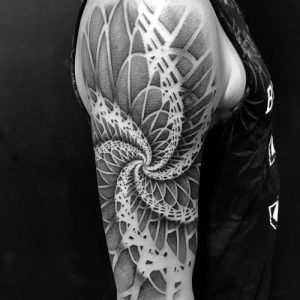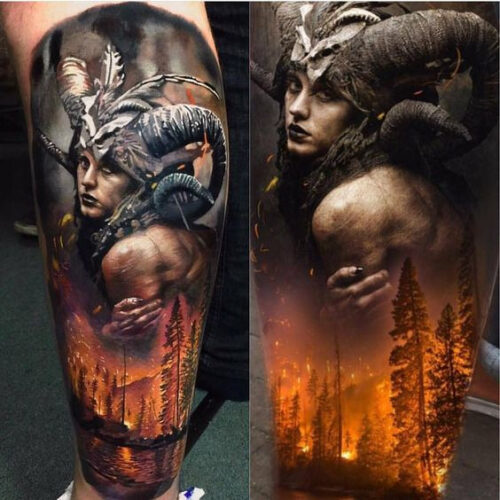
The Fascinating History of 3D Surreal Tattoo Style
Tattoos have been an integral part of human culture for centuries, serving as a means of self-expression, cultural identification, and personal storytelling.
Over time, various tattoo styles have emerged, each with its own unique characteristics and artistic techniques.
One such style that has gained significant popularity in recent years is 3D surreal tattooing.
In this article, we will delve into the intriguing history of 3D surreal tattoos, exploring its origins, evolution, and the impact it has made on the world of body art.
Origins of 3D Surreal Tattoo Style:
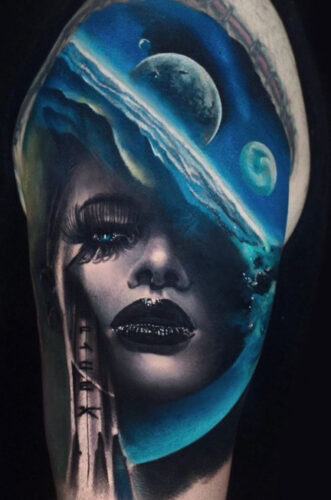
The 3D surreal tattoo style draws inspiration from the Surrealist art movement, which emerged in the early 20th century.
Surrealism, pioneered by artists like Salvador Dalí and René Magritte, sought to unlock the power of the subconscious mind and depict dreamlike, bizarre, and fantastical imagery.
The movement’s influence extended beyond traditional art forms and eventually found its way into the realm of tattooing.
Evolution and Technique:
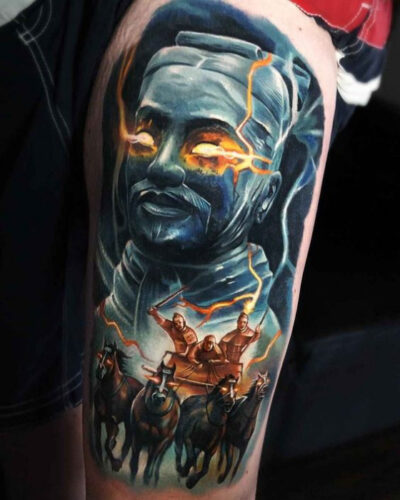
The evolution of 3D surreal tattoos can be attributed to advancements in tattooing technology, particularly the introduction of hyperrealism and optical illusion techniques.
These techniques allowed tattoo artists to create intricate designs that appear to leap off the skin, defying the two-dimensional nature of traditional tattooing.
To achieve the mesmerizing 3D effect, artists utilize shading, depth perception, and meticulous attention to detail.
By skillfully manipulating light and shadow, they bring the tattoo design to life, making it appear three-dimensional.
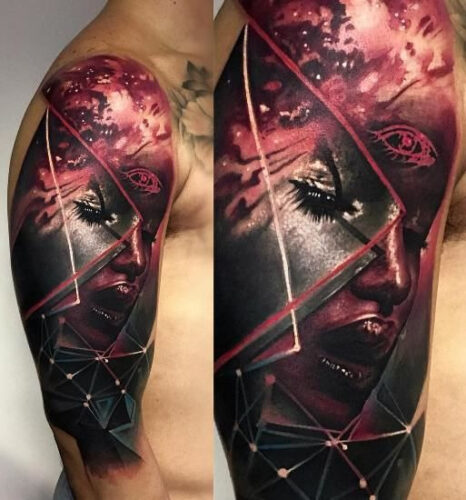
This technique often involves creating illusions of depth, perspective, and movement, which contribute to the surreal nature of the artwork.
Incorporating Surreal Elements:
True to its name, 3D surreal tattoo style embraces the essence of surrealism by incorporating dreamlike and fantastical elements into the designs.
These tattoos often feature juxtapositions of unrelated objects, distorted perspectives, and unexpected combinations that challenge the viewer’s perception of reality.
Artists specializing in 3D surreal tattoos draw inspiration from various sources, such as nature, mythology, science fiction, and the human psyche.
The imagery can range from floating cities and morphing animals to twisted landscapes and mind-bending optical illusions.
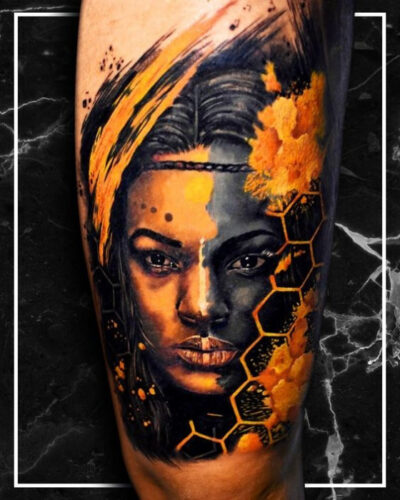
The possibilities are limited only by the artist’s creativity and the client’s imagination.
Popularity and Impact:
3D surreal tattoos have gained immense popularity in recent years, thanks to social media platforms and tattoo expos where artists showcase their extraordinary creations.
This style’s visual impact and ability to push the boundaries of what is possible in tattoo art have captivated a wide audience, attracting both tattoo enthusiasts and those looking for a truly unique and eye-catching piece of body art.
Moreover, 3D surreal tattoos have spurred the growth of a dedicated community of artists who specialize in this style.
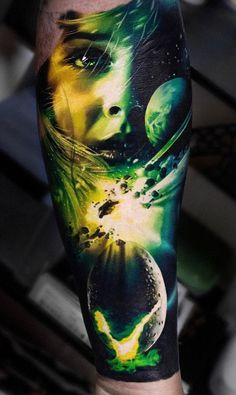
Through collaborations, competitions, and online forums, these artists continually push the limits of their craft, exploring new techniques and developing innovative approaches to creating mind-bending tattoos.
In conclusion, The history of 3D surreal tattoo style is rooted in the Surrealist art movement, evolving over time with advancements in tattooing techniques.
This captivating style, with its ability to create three-dimensional illusions on the skin, has captured the imagination of both artists and tattoo enthusiasts alike.
By incorporating surreal elements and pushing the boundaries of traditional tattooing, 3D surreal tattoos have emerged as a unique and sought-after form of body art.
As the popularity of this style continues to grow, it is exciting to imagine the new artistic possibilities that lie ahead for 3D surreal tattoos.


